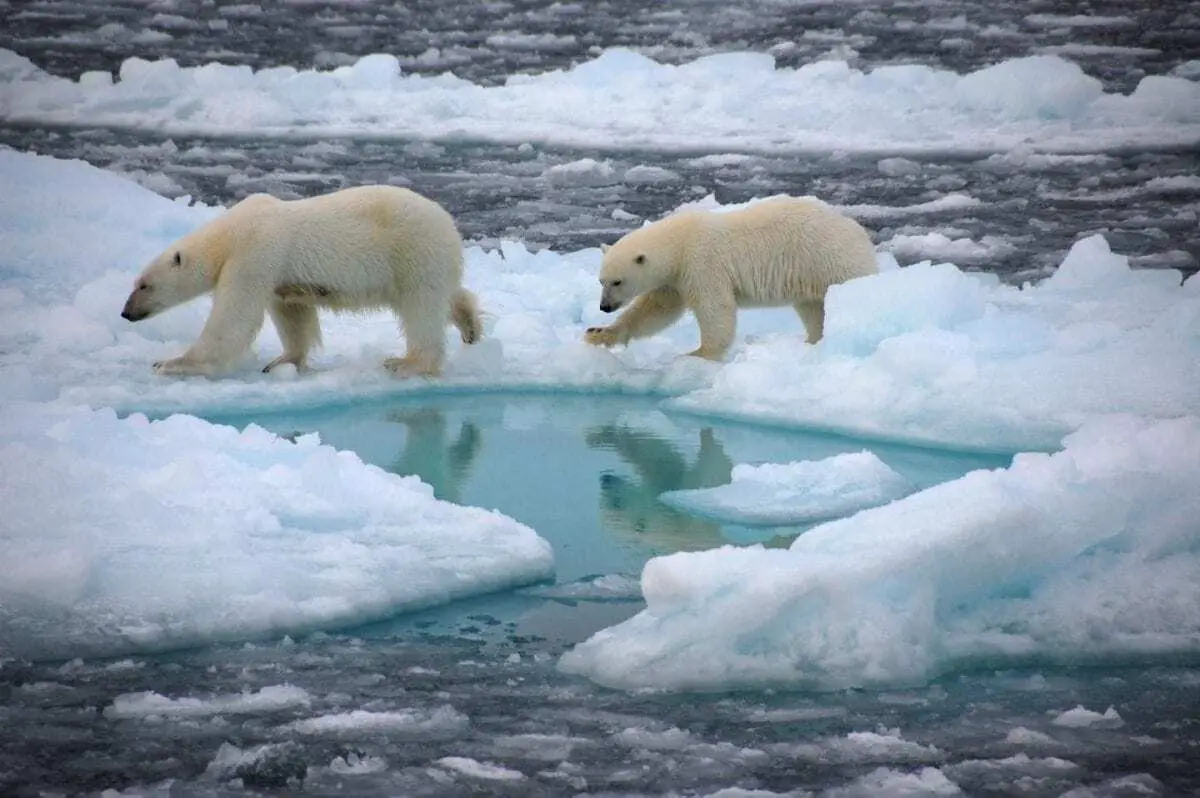The way the ocean transported heat, nutrients and carbon dioxide at the peak of the last ice age, about 20,000 years ago, is significantly different than what has previously been suggested, according to two new studies.
The findings suggest that the colder ocean circulated at a very slow rate, which enabled it to store much more carbon for much longer than the modern ocean.
Using the information contained within the shells of tiny animals known as foraminifera, the researchers, led by the University of Cambridge, looked at the characteristics of the seawater in the Atlantic Ocean during the last ice age, including its ability to store carbon. Since atmospheric CO2 levels during the period were about a third lower than those of the pre-industrial atmosphere, the researchers were attempting to find if the extra carbon not present in the atmosphere was stored in the deep ocean instead.
They found that the deep ocean circulated at a much slower rate at the peak of the last ice age than had previously been suggested, which is one of the reasons why it was able to store much more carbon for much longer periods. That carbon was accumulated as organisms from the surface ocean died and sank into the deep ocean where their bodies dissolved, releasing carbon that was in effect ‘trapped’ there for thousands of years. Their results are reported in two separate papers in Nature Communications.
The ability to reconstruct past climate change is an important part of understanding why the climate of today behaves the way it does. It also helps to predict how the planet might respond to changes made by humans, such as the continuing emission of large quantities of CO2 into the atmosphere.
The world’s oceans work like a giant conveyer belt, transporting heat, nutrients and gases around the globe. In today’s oceans, warmer waters travel northwards along currents such as the Gulf Stream from the equatorial regions towards the pole, becoming saltier, colder and denser as they go, causing them to sink to the bottom. These deep waters flow into the ocean basins, eventually ending up in the Southern Ocean or the North Pacific Ocean. A complete loop can take as long as 1000 years.
“During the period we’re looking at, large amounts of carbon were likely transported from the surface ocean to the deep ocean by organisms as they died, sunk and dissolved,” said Emma Freeman, the lead author of one of the papers. “This process released the carbon the organisms contained into the deep ocean waters, where it was trapped for thousands of years, due to the very slow circulation.”
Freeman and her co-authors used radiocarbon dating, a technique that is more commonly used by archaeologists, in order to determine how old the water was in different parts of the ocean. Using the radiocarbon information from tiny shells of foraminifera, they found that carbon was stored in the slowly-circulating deep ocean.
In a separate study led by Jake Howe, also from Cambridge’s Department of Earth Sciences, researchers studied the neodymium isotopes contained in the foraminifera shells, a method which works like a dye tracer, and came to a similar conclusion about the amount of carbon the ocean was able to store.
“We found that during the peak of the last ice age, the deep Atlantic Ocean was filled not just with southern-sourced waters as previously thought, but with northern-sourced waters as well,” said Howe.
What was previously interpreted to be a layer of southern-sourced water in the deep Atlantic during the last ice age was in fact shown to be a mixture of slowly circulating northern- and southern-sourced waters with a large amount of carbon stored in it.
“Our research looks at a time when the world was much colder than it is now, but it’s still important for understanding the effects of changing ocean circulation,” said Freeman. “We need to understand the dynamics of the ocean in order to know how it can be affected by a changing climate.”





